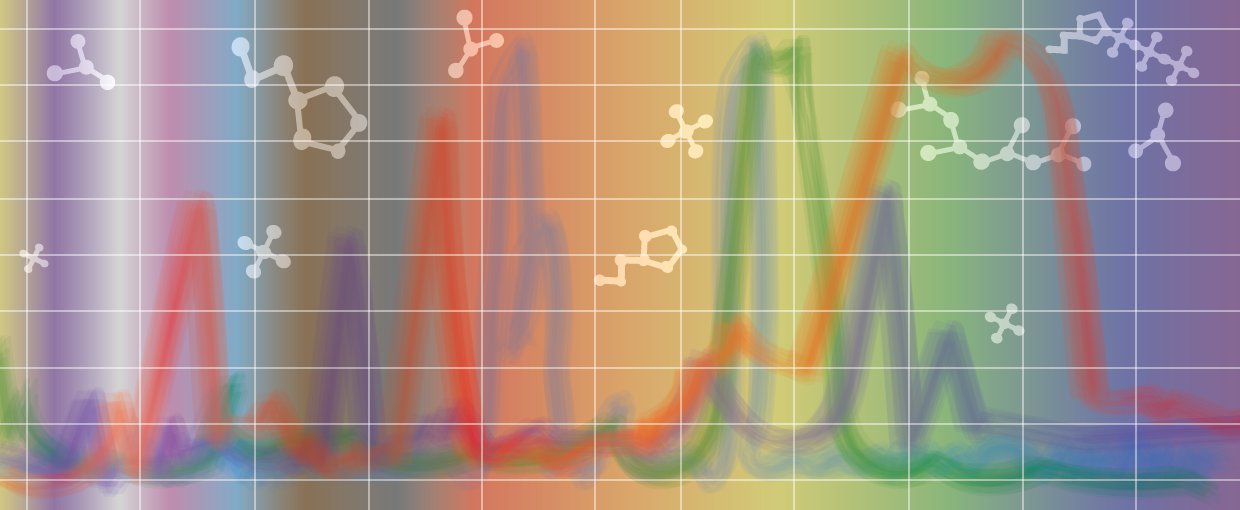Fehr, M. A., Andersson, P. S., Hålenius, U., & Mörth, C-M. (2008). Geochimica et Cosmochimica Acta, 72(3), 807–826. doi:10.1016/j.gca.2007.11.033
Glavin, D. P., Dworkin, J. P., & Sandford, S. A. (2008). Meteoritics & Planetary Science, 43(1-2), 399–413. doi:10.1111/j.1945-5100.2008.tb00629.x
Wander, M. C. F., & Schoonen, M. A. A. (2008). Orig Life Evol Biosph, 38(2), 127–137. doi:10.1007/s11084-008-9122-9
Johnson, C. M., Beard, B. L., Klein, C., Beukes, N. J., & Roden, E. E. (2008). Geochimica et Cosmochimica Acta, 72(1), 151–169. doi:10.1016/j.gca.2007.10.013
Osman, S., Peeters, Z., La Duc, M. T., Mancinelli, R., Ehrenfreund, P., & Venkateswaran, K. (2007). Applied and Environmental Microbiology, 74(4), 959–970. doi:10.1128/aem.01973-07
Kitahara, K., Kajiura, A., Sato, N. S., & Suzuki, T. (2007). Nucleic Acids Research, 35(12), 4018–4029. doi:10.1093/nar/gkm356
Baesman, S. M., Bullen, T. D., Dewald, J., Zhang, D., Curran, S., Islam, F. S., … Oremland, R. S. (2007). Formation of Tellurium Nanocrystals during Anaerobic Growth of Bacteria That Use Te Oxyanions as Respiratory Electron Acceptors. Applied and Environmental Microbiology, 73(7), 2135–2143. doi:10.1128/aem.02558-06
Robertson, M. P., & Scott, W. G. (2007). Science, 315(5818), 1549–1553. doi:10.1126/science.1136231
Robert, F., & Chaussidon, M. (2006). A palaeotemperature curve for the Precambrian oceans based on silicon isotopes in cherts. Nature, 443(7114), 969–972. doi:10.1038/nature05239
Schulze-Makuch, D., & Grinspoon, D. H. (2005). Biologically Enhanced Energy and Carbon Cycling on Titan? Astrobiology, 5(4), 560–567. doi:10.1089/ast.2005.5.560



